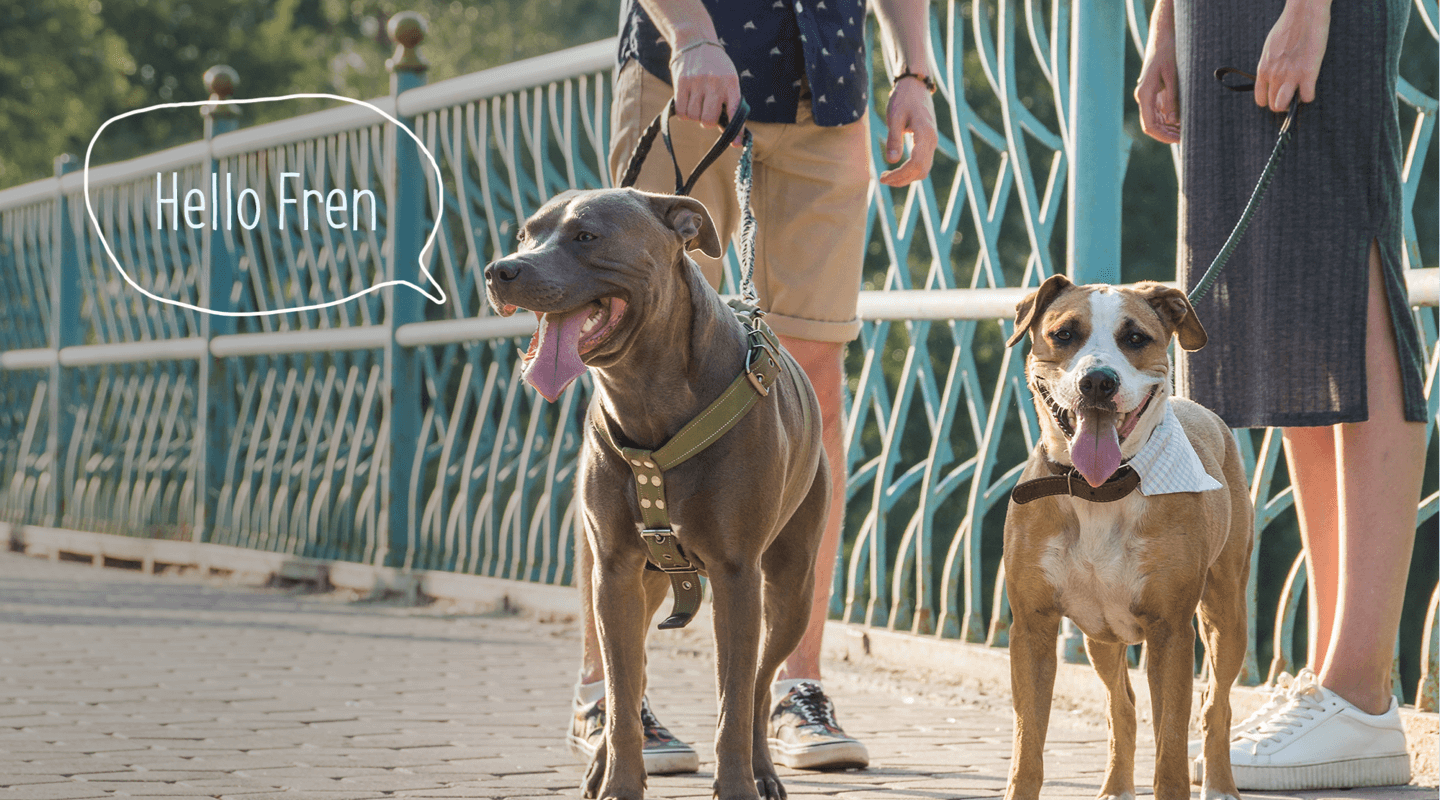As you watch your dog trot up to their new home, it can be hard to hide your excitement. As a pet owner, you’re eager to introduce them to all the cool stuff in your world. That’s just what socialization is all about — helping your dog get to know and love the world around them, so they’re more relaxed, friendly, and confident. It’s time to start your new adventure together with these simple tips.
How to Socialize a Dog
Socializing a dog involves many different things and depends on context. Maybe you're getting a new dog and want them to get used to your home, family, and other pets. Or maybe your dog is a long time family member, but you'd like them to have more canine friends. Regardless of your intentions, socializing a dog takes time, patience, and positivity.
Introduce Your Dog to New Sights and Experiences
Your home and neighborhood are a whole new world for your dog – there are new people to meet, places to explore, and things to sniff. Before introducing your puppy to other dogs, make sure they have received their full series of puppy vaccines. Each pet owner should consult with their veterinarian regarding the vaccinations that are right for their dog.
All these new sights and experiences can be overwhelming, so give them some time to adjust, and then slowly introduce your dog to the following:
- People of all genders, ages, and ethnicities
- People wearing accessories like hats and scarves
- Strollers
- Bikes, scooters, drones, and skate/hoverboards
- Wheelchairs and walkers
- Mops, brooms, and umbrellas
- Bodies of water, woods, and beaches
- Different types of flooring and ground surfaces (carpet, stairs, concrete)
Get Them Used to Common Sounds
Beyond people and things, dog socialization includes different noises. Chances are there will be some new (and loud) sounds for your dog to get used to. Play close attention to which sounds trigger them to bark, hide, or act anxious. If you notice these behaviors when your dog initially hears the noise, that can be normal—your dog should realize that these noises are nothing to be afraid of. However, if your dog continues to show these behaviors each time they hear the noise, then you should speak to your veterinarian to make sure that your dog doesn’t have noise aversion.
Some common sounds to include in your dog socialization process:
- A door knock or doorbell ring
- Noisy appliances, such as hair dryers, blenders, vacuums, and washing machines
- Alarm clocks
- Garbage and delivery trucks, buses, and motorcycles
- Car horns and sirens
- Boisterous family members
- Thunder and firework noises

Meet Other Pets
This step is crucial to socializing a dog but should be done slowly. Over time, introduce your dog to any other pets in your household, your neighbors’ dogs, family members and friends, and training class or playgroup pups. Puppy classes are a good way to get your puppy used to new people and other dogs, as well as learn good manners. Check to see if there are puppy classes offered in your area.
Practice makes perfect! The more steps you take to socialize your dog, the better both of your experiences will be.
Avoid “Flooding” Your Pet
Flooding is when you overwhelm a pet by exposing them to a situation that causes extreme fear or anxiety. Flooding can result in serious medical and/or behavioral conditions. Socialization should always be a calm, positive stepwise process.
ZPC-00176R3



